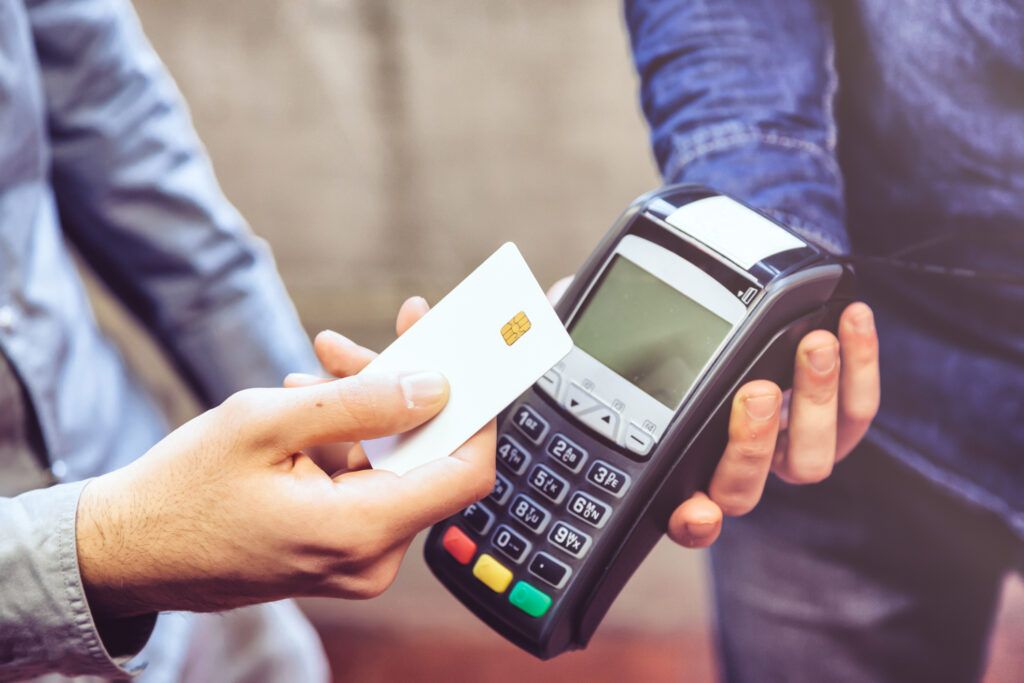Is Cashless Cost-free?
Is cashless really the way forward, or does it drive inequality?

I hear more and more people boasting about walking around without cash, using Apple Pay, cards, and e-commerce to make all their transactions, leaving those dirty bills, grimy coins, and bulging wallets behind like bad memories.
It all sounds nice, but nothing in life is that simple. There are some issues with the idea of a cashless society or individual, and when I’ve raised them with cashless advocates, they look stricken, as if realizing that perhaps they haven’t thought it all through:
- Leaching of Wealth by Financial Companies. Most cashless transactions involve fees — a credit card fee or transaction charge by the terminal provider. These fees come from the pocket of the business owner, causing them to raise prices to cover the difference. One study found that prices were raised 1.4% in response to requirements to go cashless in New York City. Worse, over time, the $50 your cashless person starts with gradually erodes in value, as opposed to what happens with cash, where repeated usage of the same amount provides the uniform heat an economy needs to grow — the more times the $50 circulates, the more spending is occurring, and the more people are benefiting from those $50 transactions. For instance, if you pay your barber $50 in cash, she or he can spend that $50 at the local coffee shop, whose owner now has $50 to spend on supplies or take as profit. The initial $50 has generated an additional $100 in spending, and the value each time has been preserved. Now, let’s assume you pay your barber with Apple Pay using the credit card you have on file. That $50 is now only worth $48.50 to the barber, assuming a 3% credit card fee. Then, the barber uses Apple Pay and her credit card on file to pay the local coffee shop, and the $50 is now worth ~$47 — ~$3 in fees have been transferred to credit card companies, meaning less money is circulating, which erodes slightly the wealth flowing through the economy. Fees can be avoided by using debit cards or some cash apps, but you get the point.
- Limits Money’s Utility. The second issue that leaves cashless advocates a little flummoxed involves things like tipping a busking musician, donating to the church when the plate is passed during the service, slipping a $20 to an excellent server so he can keep it for himself, or giving holiday money to delivery people, doormen, and the like. There’s even the uncomfortable topic of paying people on the sly, which occurs more often than you might think, and all in good faith and with nobody hurt. Cashless makes some of these things impossible, or awkward (gift cards don’t have the same impact as a crisp $100 for someone who has been delivering things to you all year with a smile).
- It’s Only for the Privileged. Not everyone has a bank account, debit card, or credit card. For instance, nearly 10% of households in New York City don’t have bank accounts of any kind, nevermind credit cards. Minorities, teenagers, and immigrants are more likely to be paid in and use cash, as are many service providers. For some people in these and other groups, cash provides a level of privacy and certainty they can’t obtain otherwise.
Social cohesion is a challenge today, and wealth extraction by financial players has accelerated consolidation in the banking and credit systems. Cashless seems to tilt us in the wrong direction on both fronts, making the vulnerable, young, or transitory feel smaller and less secure, while allowing the financial system to claim unnecessary rents from our transactions and consolidate itself for maximum leverage.
Don’t overlook the virtues of cash.